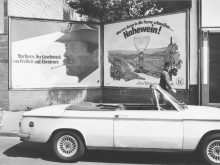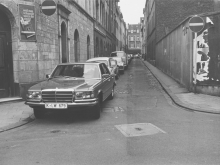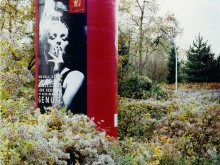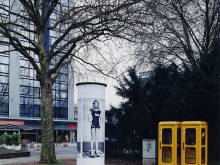Max Regenberg
Come To Where





















COME TO WHERE is the examination of an in the meantime almost historical occurence – poster advertisements for cigarettes. Succumbing to EU guidelines, the medial circulation of tobacco ads is a thing of the past but still for most of us it is possible to assemble the title COME TO WHERE with the rest of a very wellknown claim: „Come to where the flavour is, come to Marlboro Country". Marlboro, since 1971, cleverly used Americas self proclaimed image of the country without frontiers and the universal male fairy – tale of life as a cowboy to create a lifestyle brand. A cliché in itself something of the past but maybe therefore even more alluring. In his long term study Max Regenberg accomplished to examine the effects of advertising with pictures – the ability to change taste and awareness of a broad audience. Since 1974 Regenberg, he himself trained in commercial photography, is occupied with documenting the victory of the image over the written word. The rapidly growing number of advertising billboards in the public space is the center of his study, not only in his photographic work but also as collector of the actual billboard ads – of today his collection comprises 6000 pieces. The long term study „Das menschliche Abbild in der Werbung im öffentlichen Raum" (The human effigy in advertising and public space) grew since 1978 to a volume of 15.000 photographies, His work as documetary photographer is easily compared in abundance to the work of Walker Evans or the conceptuality of Ed Ruscha, but still it does not revoke asthetic principles of other long term studies like Bernd and Hilla Bechers Typologies. Regenberg intentionally avoids staged objecivity as well as the clean approach of commercial photography to focus only on the relation of advertising and urban space to show as frankly as possible its results and effects. Confirming his way of work is his camera of choice – a 35mm analog camera.
Max Regenberg is proposing an interdisciplinary approach to interesting questions of our time: what are the ways we as recipients have to deal with the masses of imagery in society today? what asthetic principles emerged fom that and how is it possible for the artworld to respond? His study combines a reflexive approach to the media with sociocultural documentary. On top of that became an astonishing example of cultural memory by collecting images we all grew up and lived with.


























